nterview with Eszter Kostenszky and Balázs Humayer
1 July is Semmelweis Day in Hungary, celebrating the achievements of healthcare professionals. So our topic in July is health and in particular mental health. This month, we have talked to Eszter Kostenszky, from our friends at Grants Europe, who talked about how mental health appeared in EU-funded projects, and to BURST’s own Balázs Humayer, who talked about CUP4Creativity, a UIA project led by the Budapest district Újbuda, where we are partners.
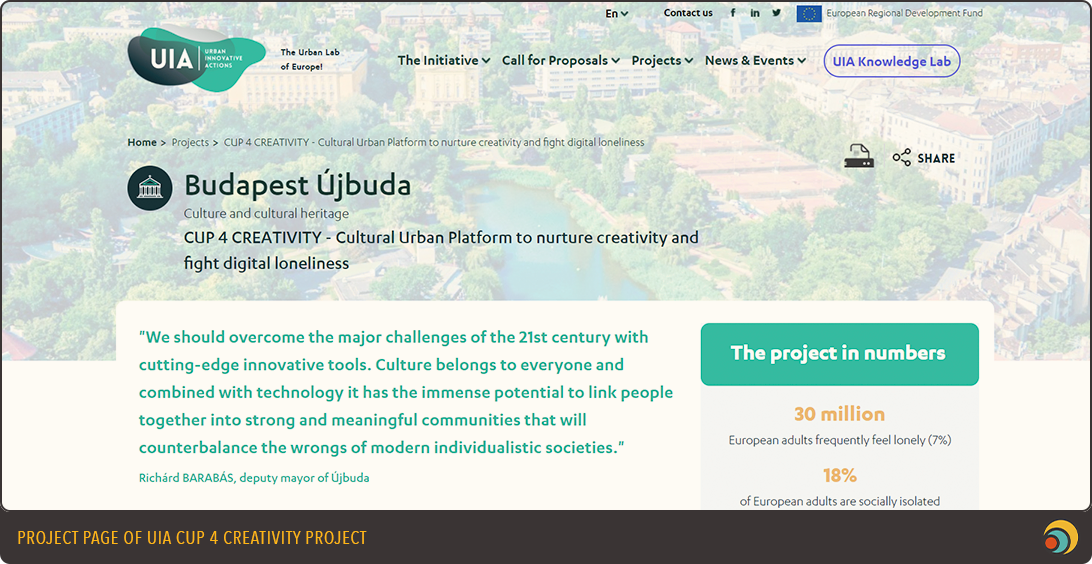
Eszter, how did you start working with projects related to mental health?
Eszter Kostenszky: Grants Europe have been involved in project development since 2007. Back then, at the late Noughties, aging was very much in the front of public discussion. Simultaneously, mental health was fast becoming a central topic in EU initiatives. For example, the European Commission published a green paper on mental health in 2005.
In line with the European trends at the time, we developed many projects on aging, especially for Dutch clients. There, the trend was to shift from the institutionalisation paradigm, and instead ensure that the elderly can live in their own homes as long as possible. Now of course this approach is in the mainstream, but back then, especially coming from Hungary, it was a very fresh way to approach the problems of an aging population. We felt that it is great that elderly citizens can continue to live in their homes even as their health deteriorates, as this approach empowers them.
However, keeping people living in their own home means, in many cases, keeping them alone, which gives rise to another problem, loneliness. A Commission study from a couple of years ago also outlined the four main factors of loneliness: aging, bad health, living alone and bad economic circumstances. People live longer and longer, which means people can be widowed for decades, and to be blunt, many marriages end in divorce in any case. And elderly people tend to have worse health and worse economic circumstances as well. So, elderly citizens are most at risk of loneliness, and living alone in their own homes might contribute to that. And, in turn, loneliness can lead to mental health issues such as depression and anxiety.
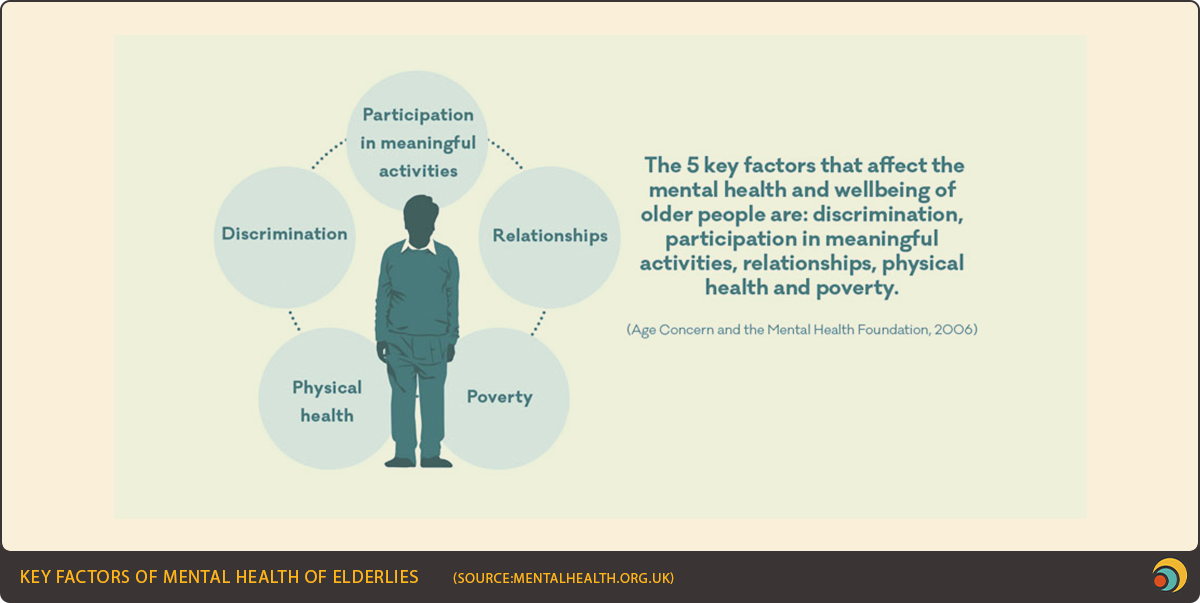
So, working on projects on aging led us to look at mental health as well. Projects, for example, focused on improving mental health by countering loneliness, using interventions such as creating opportunities for isolated pensioners to socialise.
What are the main challenges to dealing with mental health issues?
EK: When you deal with mental health, an important issue is to counter taboos. Many people do not take mental health as seriously as they should, and definitely not as being equally important as physical health. It was also good to see how in Northwest Europe, especially in the UK and the Netherlands celebrities and royals stand up for mental health, which then boosts these issues in the public discourse. This might sound cheesy, but such interventions foster mental health projects, as we have seen with our Dutch clients.
Not only is mental health just as important as physical health, the two might be related. This, too, is increasingly recognised. For example, in the UK, GPs might “prescribe” joining a community even in order to support physical health.
As I have mentioned, loneliness was first understood to be under the umbrella of aging. This has narrowed the target groups of interventions tackling loneliness and failed to consider that younger people might also experience loneliness on a large scale. By now, loneliness is being talked about regarding all age groups. CUP is in the forefront of this trend, treating loneliness as a problem for young people as well. It is also unique in treating loneliness in relation to culture. As after COVID many are starting to understand the importance of loneliness, hopefully many new projects will come about focusing on these issues.
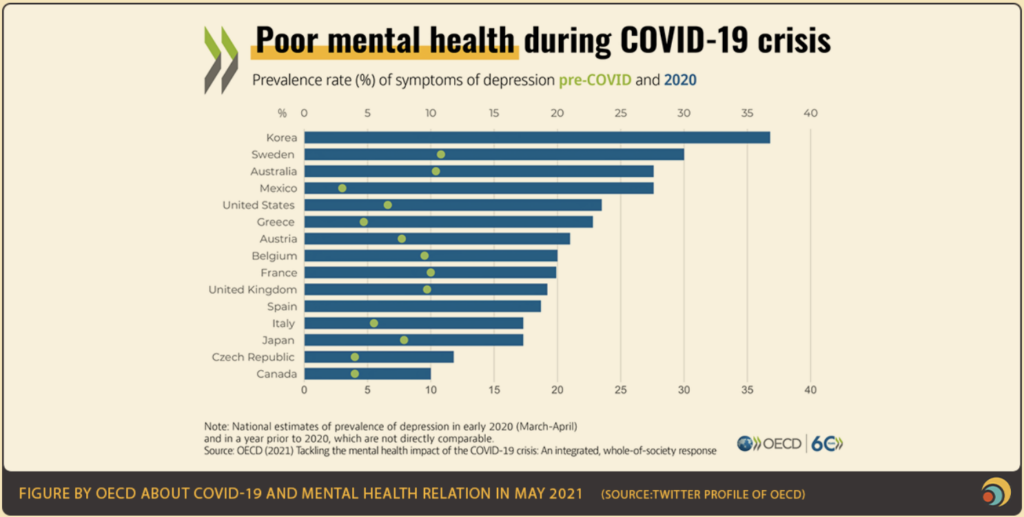
You have mentioned CUP already, but Balázs, what is the main mental health problem that you aim to solve with the CUP4Cretivity project?
Balázs Humayer: In two words: digital loneliness. When we submitted this UIA project at the end of 2019, COVID was unheard of, but even back then we discovered that one of the key issues was digital loneliness and isolation. People spend more and more time in front of screen, and thus they become more and more isolated. They might be convincing themselves that they have real human relationships, but in fact these are often fictional or imagined. This, together with the time spent in front of screens and screen addiction, can lead to mental health issues. So, the basic idea has always been isolation.
Our proposal won in summer 2020, and of course by then covid had appeared. Therefore, we started to think about how covid changes digital loneliness and isolation.
I imagine COVID have amplified these problems…
BH: We see two different ways in which COVID have changed our digital relationships. First, for many people, digital relationships were a sort of last resort, if even those had been taken away from them, that would have led to even worse mental conditions. Thus, digital relationships got a positive spin during the pandemic.
On the other hand, if we look at the time spent in front of screens, and look at periods of reopening specifically, then we see that people have become even more addicted to screens, they have become even more stuck in the digital space. So, we see a tricky dynamic with regards to the effect of digitalisation on mental health during covid.
What we see that digital loneliness have become and even bigger problem, but our response to that need to become more sophisticated. Simply thinking that digital relationships are bad and real-life relationships are good is no longer tenable. The solution is to help people go through periods of lockdown and physical isolation, in a way that simultaneously enhances the value of time spent together in the real life.
Eszter, how did you tackle issues of mental health in your projects?
EK: As I have mentioned, our projects were about aging and, like CUP, loneliness. We did a lot of projects on innovative healthcare in this context. For example, we had Innovate Dementia, looking at innovative treatments to dementia. The growing population living with dementia is becoming a problem in Europe. In the project, many therapies aimed at improving general life quality and reducing loneliness were looked at. Another project looked at how the urban environment can be planned to better fit people living alone and elderly residents. We came across many exciting examples, for example, an initiative from the Netherlands where the elderly and young people can live together. Then, we looked at how technology and digitalisation can help us counter loneliness. We have looked at so-called AAL (ambient assisted living) services that can improve the life quality of often not very healthy individuals. Some projects looked at patient data, how it can be used to support mental health, and how it can be used to foster the idea that mental health is equally important as physical health.
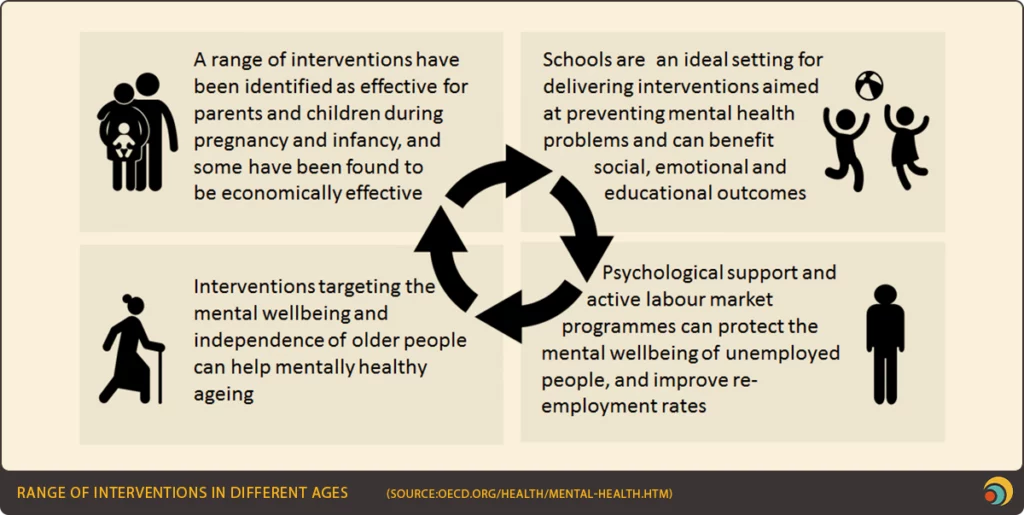
Let’s go back to CUP now! What are the interventions the project will make?
BH: First, we should look at the underlying concept. The main idea behind the project was to take these people out of the digital space. We wanted them to find their slumbering creativity, suppressed since their childhood, because creativity, in most of the cases, can lead to cooperation. It is very rare to be creative alone, creativity in most cases involves co-creation and cooperation, or mentor-apprentice relationships. This way, we can lead these people out of their loneliness and into “real-life” relationships with other people.
Of course, covid have slightly changed our ideas. We want to give tools to people that, in periods of reopening, inspire to meet in person, spend some time outside and together with other people, but in periods of lockdown or isolation, they can continue co-creating using digital tools.
So let’s go back to the interventions…
BH: CUP4C (Cultural Urban Platform for Creativity) aims to create a platform in Újbuda, where the municipality can support all stakeholders in the cultural and creative sectors. This will foster their cooperation and channel in as many new ideas as possible. The project is driven by creativity and bottom-up initiatives. The end goal, however, is to create new communities through creativity, in order to reduce digital loneliness and isolation. (As opposed to building communities through, say, sport or intergenerational dialogue.)
CUP has three pillars. The first is an art and tech centre, the first of its kind on Hungary. (For Hungarian readers, it is best described as a creative-cultural version of the Csodák Palotája science centre.) Here, we will display to citizens how art and technology can go together in the 21st century. Our art and tech centre will be relatively small, only ca. 300 square metres, but even with limited space we believe we will be able to show how art and technology interacts.
The second pillar is to develop a creativity platform, called Insert, connecting local residents and local businesses, as well as to inspire them, to educate them and to make them more creative.
The third pillar is a set of events. This will include events supported by the municipality, there will be calls for proposals to organise events, there will be pilot projects with universities.
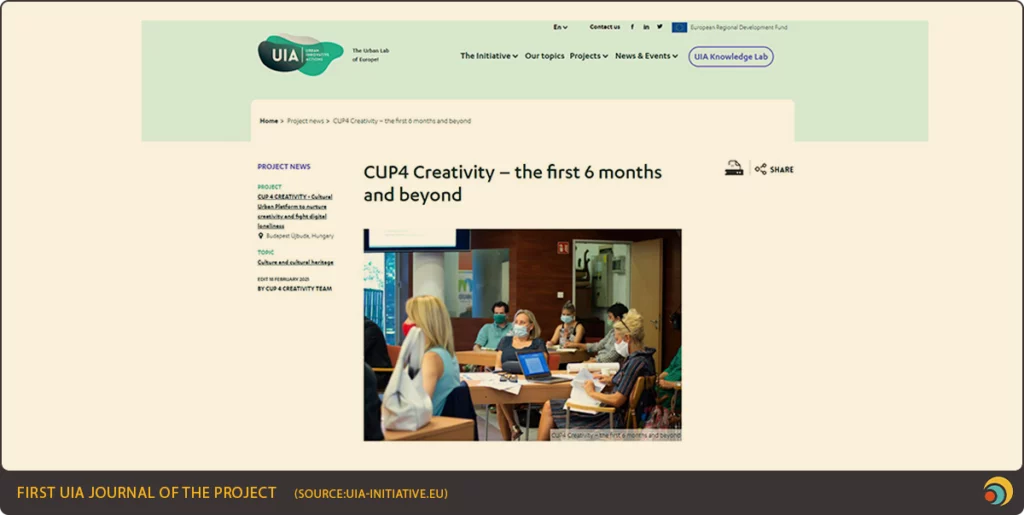
How is the project going on? Any results perhaps?
BH: We have been working on this project for a year now. We have spent this year planning the interventions, and we are going to spend the second year implementing it, while the third year is reserved for running the pilots and trials. For example, the procurement for the construction of the art and tech centre is ongoing, and works will commence at the end of the summer. The art and tech centre is scheduled to open next spring, and it will run in pilot for a little more than a year, in order to see how it should be run in order to get us closer to our aims.
As the project is only through its conceptual phase, there are no tangible results yet. However, we have some research findings. The first research project, carried out by the Contemporary Architecture Centre, looked at and visualised the creative and culture supply in the district. Some areas are severely underserved by creative services. This allows us to see what activities need to be fostered in given areas in order to foster creativity.
The second piece of research, by our consortium partner Meet Agency, looked at the tools residents have at their hand to create communities, how they relate to creativity, how they start bottom-up initiatives.
What is BURST doing in the project?
BH: We have two main tasks. First, we are developing a financial sustainability model to ensure that the initiatives will continue to operate after the project will have ended. For example, Insert will have significant maintenance costs. We will develop financial models to make the platform first self-financing (by involving companies, CSOs, etc.) and then to disseminate the platform to other Budapest districts. We would like municipalities to embed the Insert platform into the cultural strategies of municipalities as an “off-the-shelf” methodology, framework, and ICT platform to lower the point of entry for community-based cultural projects.
We will also look at creating a fund through which the municipality, residents and local companies can support local initiatives, to continue CUP initiatives even after we are no longer able to use EU funding to finance them. This will make CSR initiatives less isolated from each other.
Our last task is to create a services portfolio for private companies and the cultural and creative sector that could counter mental health issues, as well as physical health issues. We are running a pilot with a major company, who identified a couple of pressing mental health issues among their staff. These mental health issues will be tackled through the medium of theatre. This initiative will start in the autumn, and hopefully will prove to be disseminable. Our final aim is to create a landing page for the enterprise services of local cultural and creative institutions. A short video is available about CUP4CREATIVITY in Hungarian.
